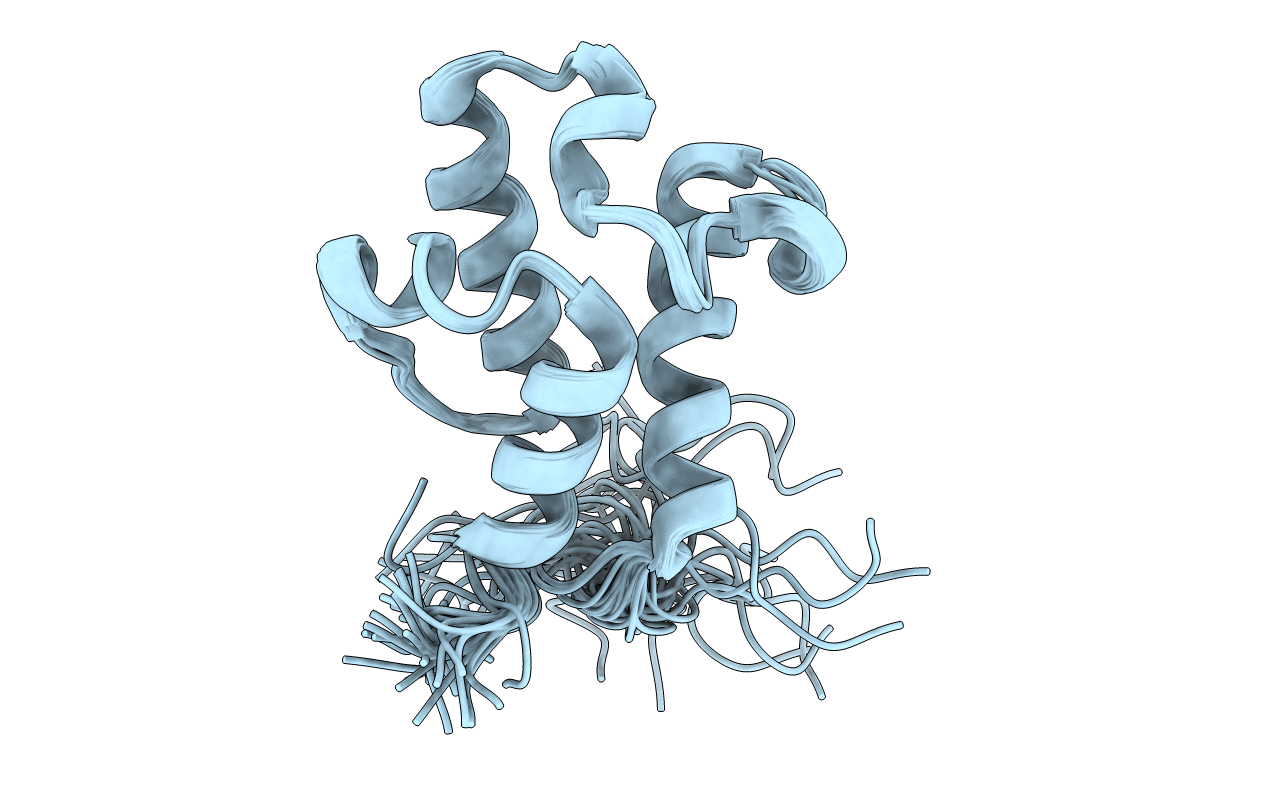
Deposition Date
2015-11-10
Release Date
2016-11-16
Last Version Date
2024-05-15
Entry Detail
PDB ID:
2N98
Keywords:
Title:
Solution structure of acyl carrier protein LipD from Actinoplanes friuliensis
Biological Source:
Source Organism:
Actinoplanes friuliensis (Taxon ID: 196914)
Host Organism:
Method Details:
Experimental Method:
Conformers Calculated:
100
Conformers Submitted:
30
Selection Criteria:
structures with the lowest energy


